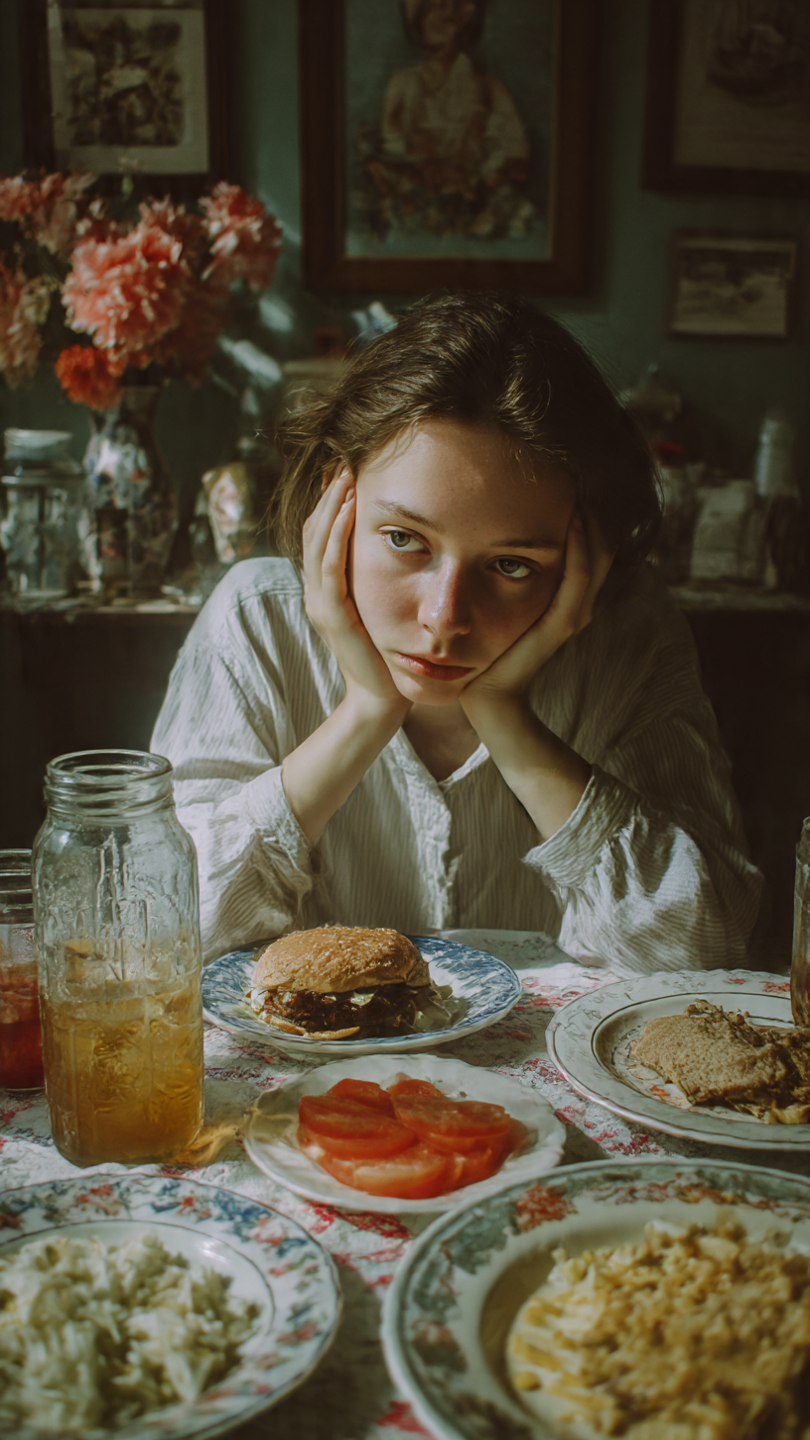The Essential Pots and Pans Every Kitchen Should Have
- E B ^3

- Oct 24
- 4 min read

When it comes to cooking, having the right cookware can make all the difference. Whether you’re a beginner just starting out or a seasoned home chef upgrading your setup, building your kitchen arsenal with essential pots and pans ensures that you can cook almost any recipe with confidence.
In this guide, we’ll cover the must-have cookware pieces, their best materials, and smart tips for building your collection gradually without wasting money on unnecessary sets.
Click on any of the links to take you to Amazon.com to start shopping
1. Skillet / Frying Pan (10–12 Inches)
Use for: Searing, frying, sautéing, eggs, pancakes, stir-fries
Best materials:
Nonstick (perfect for eggs and delicate foods)
Stainless steel (for browning and deglazing)
Cast iron (for excellent heat retention)
If you can only buy one pan, make it a high-quality 10–12" skillet. It’s the workhorse of any kitchen and handles everything from breakfast to dinner.
Personally, I love the cast iron for the skillet. Easy to clean and versatile. It is a little heavy but easy to maintain. I use Lodge brand cast iron skillets
2. Saucepan (2–3 Quarts)
Use for: Sauces, soups, boiling eggs, reheating leftovers, cooking grains
Best materials:
Stainless steel or hard-anodized aluminum
Choose one with a lid and pour spout if possible
A saucepan is one of the most versatile tools in your kitchen. From oatmeal to pasta sauce, this is your daily go-to.
Pro Tip: A 3-quart saucepan with a lid covers 90% of small cooking tasks.
3. Stockpot / Large Soup Pot (6–8 Quarts)
Use for: Boiling pasta, making soup, chili, or broth
Best materials:
Stainless steel with aluminum or copper core for even heating
A stockpot is essential for big-batch cooking or family meals. It’s also great for making homemade bone broth, stews, or large pots of pasta.
If you love meal prepping or cooking for gatherings, this pot is a must.
4. Sauté Pan (3–5 Quarts, with Straight Sides)
Use for: One-pan meals, braising, shallow frying, simmering
Unlike a skillet, a sauté pan has taller sides and usually comes with a lid—perfect for dishes with sauces or liquids.
Think of it as the hybrid between a skillet and a saucepan. Ideal for cooking meats, curries, or saucy dishes.
It’s also excellent for family-sized stir-fries and risottos.
5. Dutch Oven (5–6 Quarts, Enameled or Cast Iron)
Use for: Stews, roasts, soups, casseroles, baking bread
Best materials:
Enameled cast iron (Le Creuset, Lodge, or Staub)
Plain cast iron (for baking and roasting)
A Dutch oven is one of the most versatile pots you can own. It goes from stovetop to oven seamlessly, making it perfect for slow-cooked comfort food and even no-knead bread.
Once you cook with one, you’ll wonder how you ever lived without it.
Nice-to-Have Cookware (For Specific Cooking Styles)
6. Small Nonstick Skillet (8 Inches)
Use for: Eggs, omelets, single servings. Keep one handy for breakfast or quick snacks, it saves time and cleanup.
7. Grill Pan
Use for: Indoor grilling, searing meats and vegetables. Cast iron grill pans are perfect for year-round grilling with beautiful char marks.
8. Roasting Pan
Use for: Roasting meats, whole chicken, turkey, or veggies. Choose one with a rack to promote even airflow and crispy results.
Use for: Stir-fries, fried rice, and quick high-heat cooking. Carbon steel is the traditional choice for its responsiveness and heat control.
10. Baking Sheet / Sheet Pan
Use for: Roasting veggies, sheet-pan dinners, cookies. Not technically a pot or pan, but an absolute essential in every modern kitchen.
Optional Specialty Cookware (For the Enthusiast)
Once you’ve built your basics, you can expand your collection with specialty pieces:
Griddle: Ideal for pancakes, sandwiches, and burgers
Saucepot (4–5 qt): A nice middle ground between saucepan and stockpot
Pressure Cooker or Instant Pot: Great for quick stews, beans, and rice
Paella Pan or Tagine: For international dishes and presentation cooking
How to Build Your Cookware Collection Gradually
You don’t need to splurge on a 15-piece cookware set right away. Instead, build your kitchen arsenal one piece at a time:
Start with the essentials: Skillet, saucepan, and stockpot
Add the Dutch oven and sauté pan as you cook more
Expand with specialty cookware (wok, roasting pan, grill pan) as your skills and recipes evolve
This approach saves money, avoids clutter, and ensures every pot and pan you own truly earns its place.
Final Thoughts: Quality Over Quantity
The best cookware isn’t about how many pieces you have; it’s about choosing the right tools for your cooking style. Invest in durable, well-constructed pots and pans that will last for years, and you’ll elevate your cooking without frustration.
So, whether you’re setting up your first kitchen or upgrading your old set, these essential pots and pans are the perfect starting point for delicious, stress-free home cooking.
We would love to hear about your "go-to" cookware in your kitchen. Comment below. And don't forget to like this post if you found it helpful.



Comments